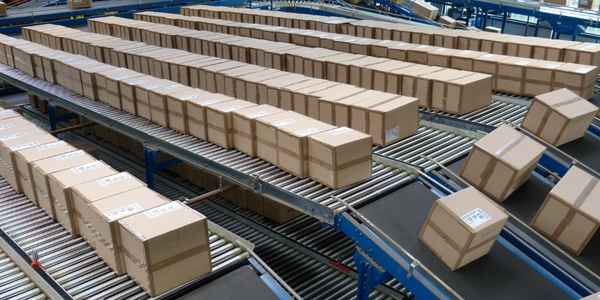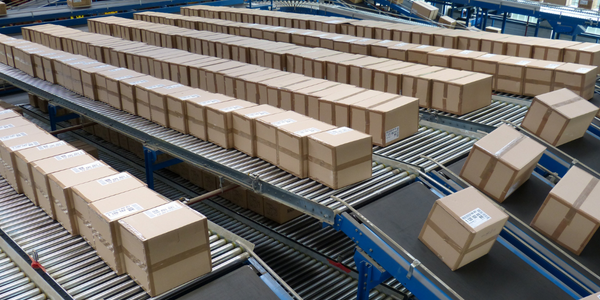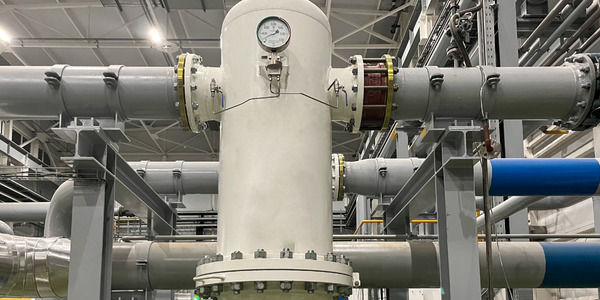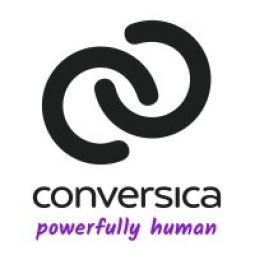适用行业
- 金融与保险
- 包装
适用功能
- 销售与市场营销
用例
- 智能包装
- 人员跟踪与监控
关于客户
Assure Funding 是一家另类商业贷款机构,与贷款合作伙伴银团合作,为企业提供短期贷款、预付资本和信贷额度。通过 Assure Funding 安排的贷款规模从 5,000 美元到 200 万美元不等。该公司倾向于从每笔资助的贷款中获得更大的利润,而不仅仅是标准经纪人的佣金。这种模式意味着更多地依赖于与潜在客户进行资格审查、追求和完成交易的过程。该公司一直通过雇用内部销售人员来填补三个关键销售职位(开局者、追击者和终结者)来实现其融资目标。
挑战
Assure Funding 是一家与贷款合作伙伴合作向企业提供贷款和资本预付款的公司,面临着以下挑战:以符合成本效益的方式确定融资前景、重新吸引之前感兴趣的潜在客户、寻求从第三方购买的潜在客户、追加销售其他服务以及更新现有的潜在客户。顾客。该公司的模式意味着更多的精力依赖于与潜在客户进行资格审查、寻求和完成交易的过程。该公司一直通过雇用内部销售人员来填补三个关键销售职位(开局者、追击者和终结者)来实现其融资目标。然而,追逐者的角色是最耗时的,通常需要与客户多次联系以收集必要的信息。这种手动流程显着增加了公司的每笔销售总成本。
解决方案
Assure Funding 采用 Conversica 的人工智能销售助理 Jenna Silva 来自动化与潜在客户进行资格审查、寻求和完成交易的流程。 Conversica 解决方案使用人工智能通过电子邮件与潜在客户交谈、提出和回答问题、请求缺失的信息,并培养潜在客户,直至他们准备好与更接近的人进行现场交谈。在 Jenna 的帮助下,完成申请的查询百分比显着上升。 Jenna 还为 Assure Funding 提供了一种方法,让那些完成资助方案但改变主意、未能符合资格或在其他地方获得资助的申请人重新获得机会。人工智能助手还帮助 Assure Funding 看到续约数量显着增加——现有客户重新协商贷款以获得额外资金的后续资金。
运营影响
数量效益

Case Study missing?
Start adding your own!
Register with your work email and create a new case study profile for your business.
相关案例.

Case Study
IoT Data Analytics Case Study - Packaging Films Manufacturer
The company manufactures packaging films on made to order or configure to order basis. Every order has a different set of requirements from the product characteristics perspective and hence requires machine’s settings to be adjusted accordingly. If the film quality does not meet the required standards, the degraded quality impacts customer delivery causes customer dissatisfaction and results in lower margins. The biggest challenge was to identify the real root cause and devise a remedy for that.

Case Study
Zenon the Ideal Basis for An Ergonomic HMI
KHS develops and produces machines and equipment for filling and packaging in the drinks industry. Because drinks manufacturing, filling and packaging consist of a number of highly complex processes, the user-friendly and intuitive operation of equipment is increasingly gaining in significance. In order to design these processes as simple as possible for the user, KHS decided to introduce a uniform, transparent and standardized solution to the company. The HMI interface should meet the requirement for people with different qualifications and enable them to work on a standard platform.

Case Study
Real-time In-vehicle Monitoring
The telematic solution provides this vital premium-adjusting information. The solution also helps detect and deter vehicle or trailer theft – as soon as a theft occurs, monitoring personnel can alert the appropriate authorities, providing an exact location.“With more and more insurance companies and major fleet operators interested in monitoring driver behaviour on the grounds of road safety, efficient logistics and costs, the market for this type of device and associated e-business services is growing rapidly within Italy and the rest of Europe,” says Franco.“The insurance companies are especially interested in the pay-per-use and pay-as-you-drive applications while other organisations employ the technology for road user charging.”“One million vehicles in Italy currently carry such devices and forecasts indicate that the European market will increase tenfold by 2014.However, for our technology to work effectively, we needed a highly reliable wireless data network to carry the information between the vehicles and monitoring stations.”

Case Study
Safety First with Folksam
The competitiveness of the car insurance market is driving UBI growth as a means for insurance companies to differentiate their customer propositions as well as improving operational efficiency. An insurance model - usage-based insurance ("UBI") - offers possibilities for insurers to do more efficient market segmentation and accurate risk assessment and pricing. Insurers require an IoT solution for the purpose of data collection and performance analysis

Case Study
Sparks Dynamics Assists Atlas Container Secure a $15,000 BGE Energy Rebate
The ReMASTER Compressed Air Monitoring system was installed in 2015. This system is capable of monitoring compressed air system parameters on a continuous basis and transferring that information to a cloud server which can be accessed by Atlas Container personnel, Industrial Diagnostics and Sparks Dynamics. This information was collected into a database which can be exported to an Excel spreadsheet or displayed graphically using Sparks Dynamics ViewMaster Software. The average annual compressed air electricity expense was estimated to be approximately $116,000. This is based on an incremental $/KWh electric rate of $.091 per KWh and an estimated compressed air energy consumption of 1,279,200 KWH. The implementation phase of Energy Conservation Measures (ECMs) for the Compressed Air System included: • Identification and repair of compressed air leaks • Understanding of compressed air usage per manufacturing machine and installation of shut off valves when the machines are no longer in production mode • Identification of misapplications of compressed air to include blow offs, venturis, and cooling scenarios • Understand system pressure requirements and potential installation of point of use pressure regulation.

Case Study
Smooth Transition to Energy Savings
The building was equipped with four end-of-life Trane water cooled chillers, located in the basement. Johnson Controls installed four York water cooled centrifugal chillers with unit mounted variable speed drives and a total installed cooling capacity of 6,8 MW. Each chiller has a capacity of 1,6 MW (variable to 1.9MW depending upon condenser water temperatures). Johnson Controls needed to design the equipment in such way that it would fit the dimensional constraints of the existing plant area and plant access route but also the specific performance requirements of the client. Morgan Stanley required the chiller plant to match the building load profile, turn down to match the low load requirement when needed and provide an improvement in the Energy Efficiency Ratio across the entire operating range. Other requirements were a reduction in the chiller noise level to improve the working environment in the plant room and a wide operating envelope coupled with intelligent controls to allow possible variation in both flow rate and temperature. The latter was needed to leverage increased capacity from a reduced number of machines during the different installation phases and allow future enhancement to a variable primary flow system.







